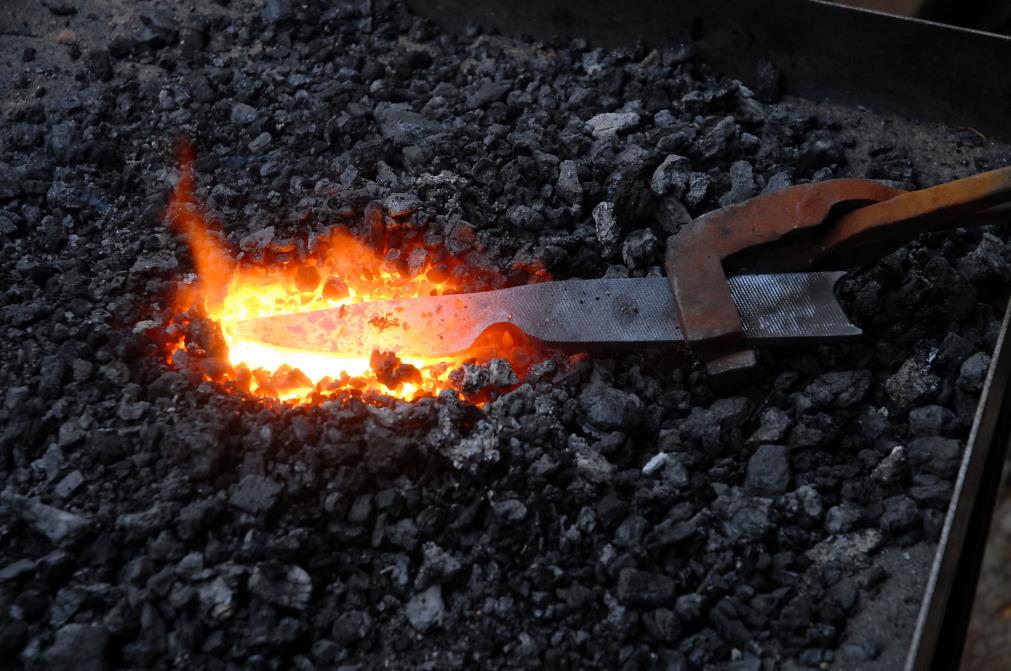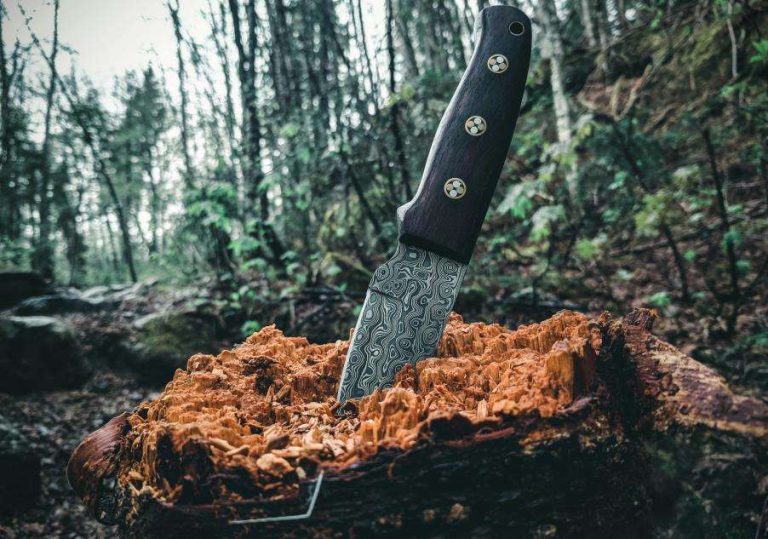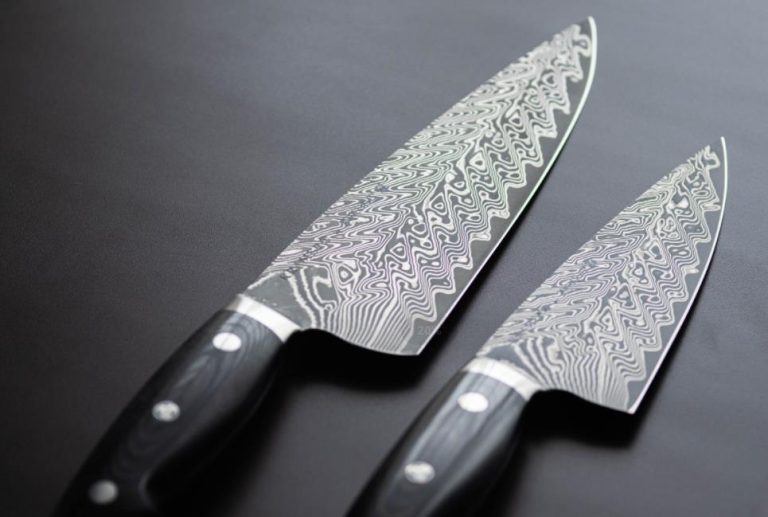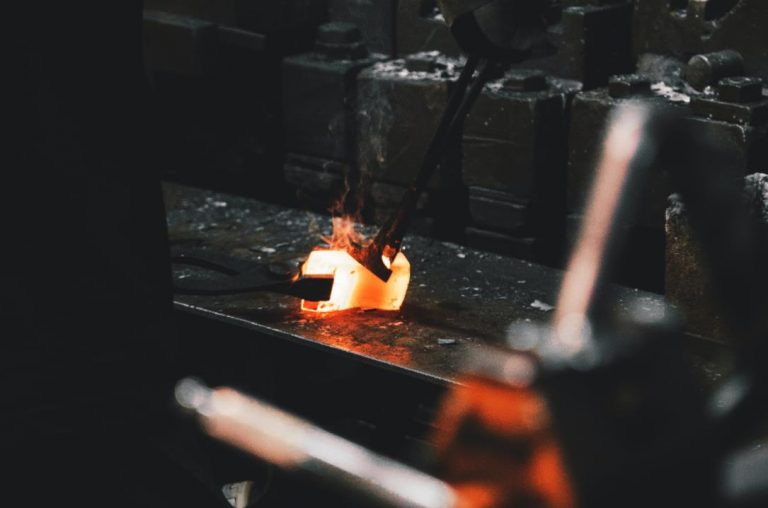420 steel is one of the most widely used stainless steel in the industry. Its applications include knife blade, surgical instruments, needle valves, and more.
In this article, we will examine what 420 steel is, its chemical composition, the heat treatments that can be applied, what it offer and doesn’t offers as one of the most common blade materials.
Let’s keep reading to sharpen your knowledge on 420 steel as a knife material.
What is 420 steel?
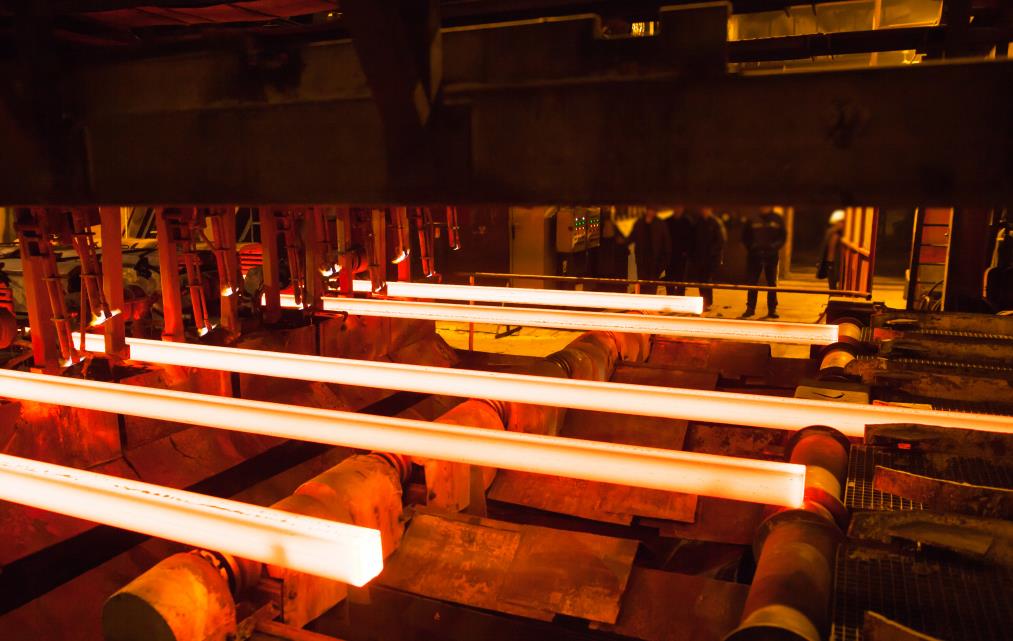
420 steel is a highly diversified and common martensitic stainless steel. 420 steel falls on the relatively low carbon steel spectrum side of the martensitic steels. In addition to its carbon content, there are many other elements in its structure that affect its overall properties. Let’s dive into its composition and take a closer look.
420 steel composition
- Carbon (C): 0.15-0.36%
- Chromium (Cr): 12-14%
- Manganese (Mn): < 1%
- Silicon (Si): < 1%
- Phosphorus (P): < 0.04%
- Sulfur (S): < 0.03%
Carbon
420 steel can have the carbon content ranging from 0.15% to 0.36%. It’s a relatively low number even compared to other 400 series steels. 420 steel is a martensitic steel, and martensitic steels are known to be hard thanks to the carbon content. You may be asking: how can 420 steel be hard if the carbon percentage is this low? Well, it gained a decent hardness score through heat treatments, and with the help of other elements in the composition.
Chromium
The amount of chromium required for a steel to be stainless is 10.5%. 420 steel shows good stainless properties with Cr content ranging from 12% to 14%. Cr contributes not only to corrosion but also to hardening and martensitic crystal structure formation by forming chromium carbides.
Other elements
Mn addition improves strength and hardenability. It also prevents brittleness by inhibiting inclusion and deoxidation.
Ni addition increases heat resistance, corrosion resistance, hardness, and toughness.
The most notable effect of Si on steel is that it is a deoxidizer that helps to prevent the precipitation of FeO and impurities. Therefore Si counterworks fragility in the steel. Although not at the level that Mn helps, Si also provides an increase in hardness and strength.
More than 0.05% of S is an impurity for steel and it reduces weldability and increases brittleness. For this reason, it is undesirable to have S at this level in steel. S, which is generally found at the level of 0.03% in 420 steel, is far from creating this risk. Despite its low content, it is an important component of this steel because of its remarkable contribution to machinability. P is also added with S to increase machinability.
In addition to the basic structure of the steel, the heat treatments applied to 420 steel are also crucial. That being said, we’ll continue with the subject of heat treatment of 420 steel.
Buy Wholesale Knives and Start Scaling up with Us Today
Contact us and connect with a sales rep to get a free quote.
Heat treatment of 420 steel
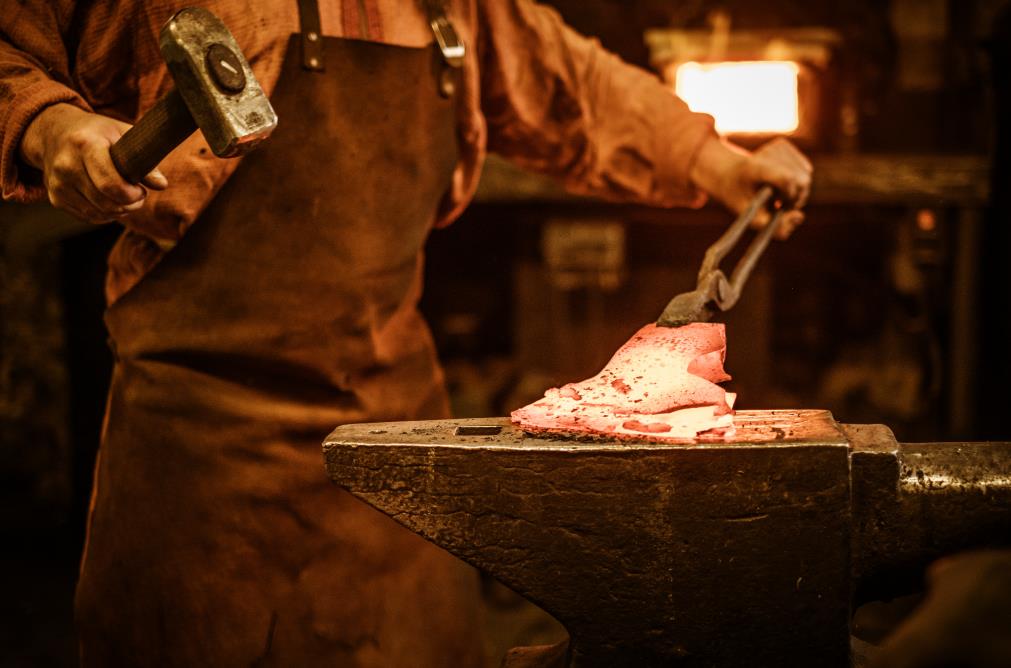
Heat treatment is the general name of the processes applied to improve the mechanical properties of metals by bringing them to the desired phase. The processes applied to 420 steel are: cleaning processes, preheating, annealing, tempering, and sometimes quenching instead of air cooling.
Thanks to these processes, hardening, and better mechanical properties are achieved in martensitic steel. All these processes alongside composition affect 420 steel properties.
Properties of 420 Steel
Corrosion Resistance
Being a steel with sufficient Cr content, 420 steel is classified as stainless steel. This means that it has decent corrosion resistance to prevent the formation of rust.
However, it has poorer corrosion resistance compared to steels containing higher amounts of Cr or having an austenitic structure.
Corrosion resistance is also affected by heat treatment processes. When annealed, corrosion resistance will decrease yet hardening through quenching and a smooth surface finish improves corrosion resistance in atmospheric conditions.
Hardness
A feature all martensitic steels share is that they show pretty good hardness.
When forging a bar of martensitic steel, hardness is often the priority consideration of a steel’s property. That means the machinability and durability may be compromised.
420 stainless steel has excellent hardening capability and can be hardened up to 50 HRC or higher on Rockwell Scale. In pre-hardened and tempered 420 knives, hardness higher than 65 HRC can be achieved through nitriding. 420 Steel has a higher hardness compared to other %12 Cr steels.
Toughness
420 steel shows a great balance of toughness and hardness. It also has decent ductility in the annealed state.
Hardness is something to consider when talking about sharpening a knife. While 420 steel shows pretty good hardness since it is martensitic steel, it is still a low C steel. Therefore, it’s considered mild steel. And it is one of the easiest knives to sharpen.
Edge retention
Being soft steel, 420 steel doesn’t hold its edge well. As edge retention decreases, sharpening needs frequency increases. So, even though 420 steel blades are easy to sharpen, they require sharpening very often.
420 steel as a kitchen knife: is it good?
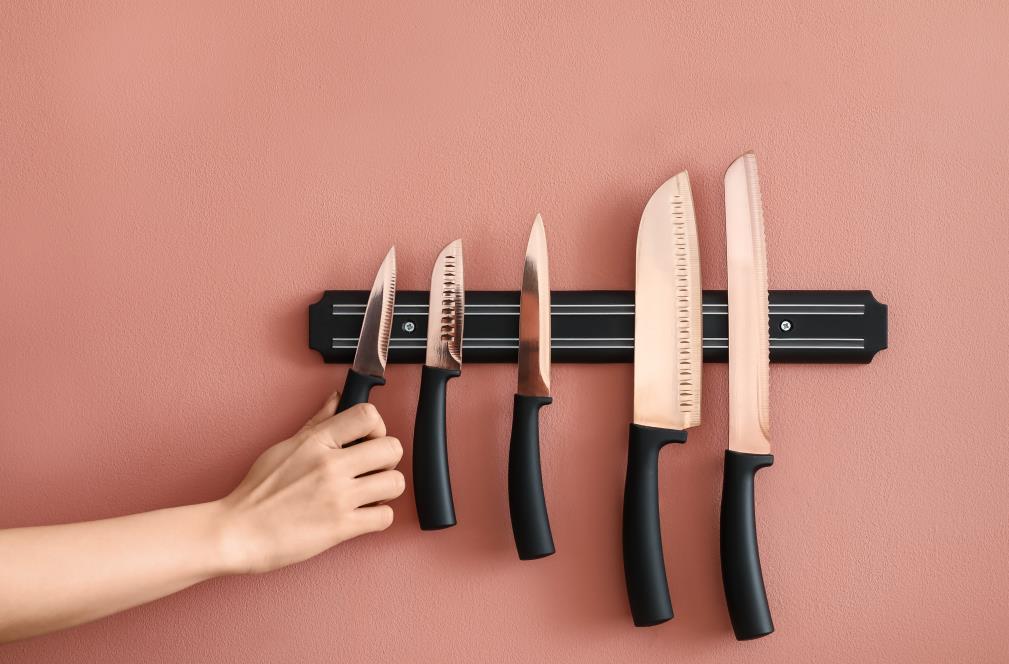
As we mentioned before, 420 steel is used in many areas. It can be used as a surgical knife, survival knife, diving knife, scissor blade, or tooling blade. One of these prominent uses is the one that we encounter most in daily life; kitchen knife.
Stating the obvious, 420-grade steel pros and cons as a kitchen knife. Some of the pros are:
- It is resistant to corrosion. Due to this 420 steel is convenient for moisty duties of the kitchen.
- Ease of sharpening is a pro for this steel. It is soft steel yet has good toughness.
- It also has a very affordable price. It is one of the reasons why 420 steel knives are so common.
- It has excellent machinability. As a result, it can be used in many different types of knives.
On the other hand, 420 steel has some cons as well. Some of the cons are:
- It does not have enough competence to be preferred as a survival knife or chef’s knife. However, these properties are enough to make 420 steel an ideal beginner’s knife.
- It loses edge too easily. This results in a un user-friendly result, such as the need for constant sharpening.
420 vs. other steels
420 vs 440 steel
Comparing 440 to 420 steel is like comparing two almost identical things. Yet, little differences separates them apart.
420 steel has lower C and Cr content than 440 steel. While 420 grade has %12-14 Cr and %0.15-0.38 C, 440 grade has %16-18 Cr and %0.6-0.75 C content. Even though both of these steels are martensitic steels with similar contents, 440 steel has better corrosion resistance and hardness.
420 vs. 1095 steel
1095 is a high C steel which separates it from 420 steel in many ways. 1095 is much harder, and sharper than 420 steel. However both steel can’t hold their edge well.
How to care for 420 steel?
Stainless does not mean that it will never rust, 420-grade steel may need to be left dry or even oiled after cleaning. Since it is weak in terms of edge retention, it needs constant sharpening. It’s a relatively affordable knife that doesn’t need to be stored in special boxes like a chef’s knife. However, it is better to be careful at storing all kitchen knives.
Should you add 420 steel to your products?
That is a little bit of a complex decision but yes you should! Of course, when making this decision, the customer base and the pros and cons of the 420 blade should be taken into account. Even though it doesn’t perform as excellent as Professional kitchen knives, it is enough for many purposes.
As a relatively cheap, tough, and hard stainless steel, it is good for customers who are looking for a beginner type of knife. Being an accessible, versatile, and cheap knife, 420 would be a good choice for a business owner to invest.
Buy Wholesale Knives and Start Scaling up with Us Today
Contact us and connect with a sales rep to get a free quote.
Conclusion
Although the 420 steel is not considered a high-end knife, it can be considered a pretty good knife for its price range. This explains why it appears everywhere.
You can review the articles on our blog to learn about different types of knives like this, how to take care of a knife and how to sell knives. Take a look at our products and strengthen your business by combining knowledge with our help. Contact us if you need any help, until next time!
